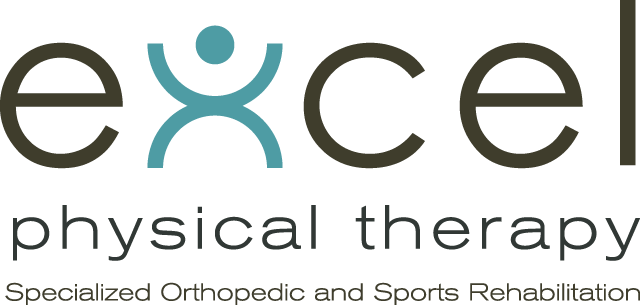Lumbar Spinal Stenosis (LSS) is a clinical diagnosis made by taking a careful history, utilizing physical tests, and analyzing spinal imaging, such as MRI. Symptoms of LSS include low back pain and weakness, cramping, pain, or fatigue in one or both legs. Such symptoms are brought on usually by walking and relieved by sitting or forward bending. MRI evidence of LSS will reveal a narrowing of the central spinal canal and/or narrowing of the intervertebral foramen on either side of the spine. In both cases, spinal nerves become affected, leading towards neurogenic claudication. Neurogenic Claudication is a condition where the stenosis, or site of narrowing that leads to compression, causes disturbed blood flow to the spinal nerves. Eventually, the spinal nerves become dysfunctional in their attempt to control the muscles of the lower extremities, and the above symptoms ensue.
Symptoms of LSS include low back pain and weakness, cramping, pain, or fatigue in one or both legs.
Studies reveal that as many as 80% of subjects, age 70 or older, have MRI evidence of LSS. However, many of the same subjects do not have the clinical condition of LSS, because they don’t suffer from the physical complaints that match this diagnosis. The stenosis that is found with the imaging can be considered a normal part of aging in the spine. The discs and joints in the low back will naturally break down, causing bone spurs and disc bulges. Such protrusions into the passageways of the spine don’t always lead to symptoms that are the hallmark of LSS.
As a physical therapist, many of my older patients will arrive with an MRI that will show severe degenerative breakdown of the lumbar spine. Sometimes they will also have a prescription from their doctor with diagnosis of LSS. But a careful physical therapy evaluation is always done to determine if the clinical condition of LSS truly exists or does the patient have low back pain or leg symptoms coming from a degenerative or arthritic lumbar spine, with neurogenic claudication. The physical therapy treatment will be somewhat different in either case.
Physical therapy interventions to treat LSS include hip stretching and back strengthening exercises, cardiovascular exercise, joint mobilization to the lumbar and thoracic spine, and patient education to alter aggravating activities. Another important part of treating LSS patients is reassurance. Research reveals that patients with mild to moderate LSS will improve with time. Another study showed that long-term results, comparing physical therapy to lumbar spine injections in LSS patients, were equal when looking at pain reduction and functional mobility. If you suffer from LSS, then physical therapy can be a safe, cost effective, and conservative place to start on a path towards improving your quality of life.
